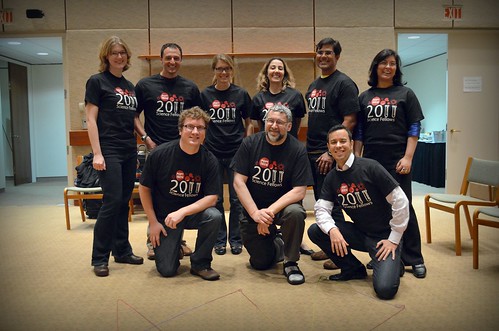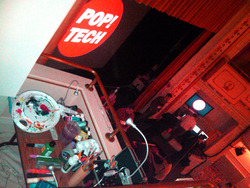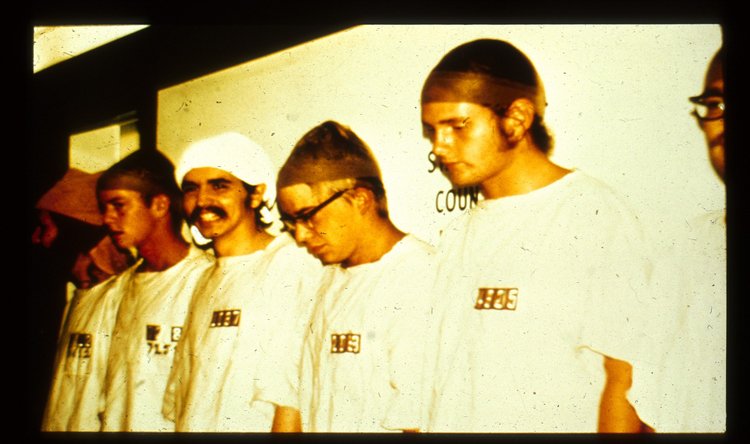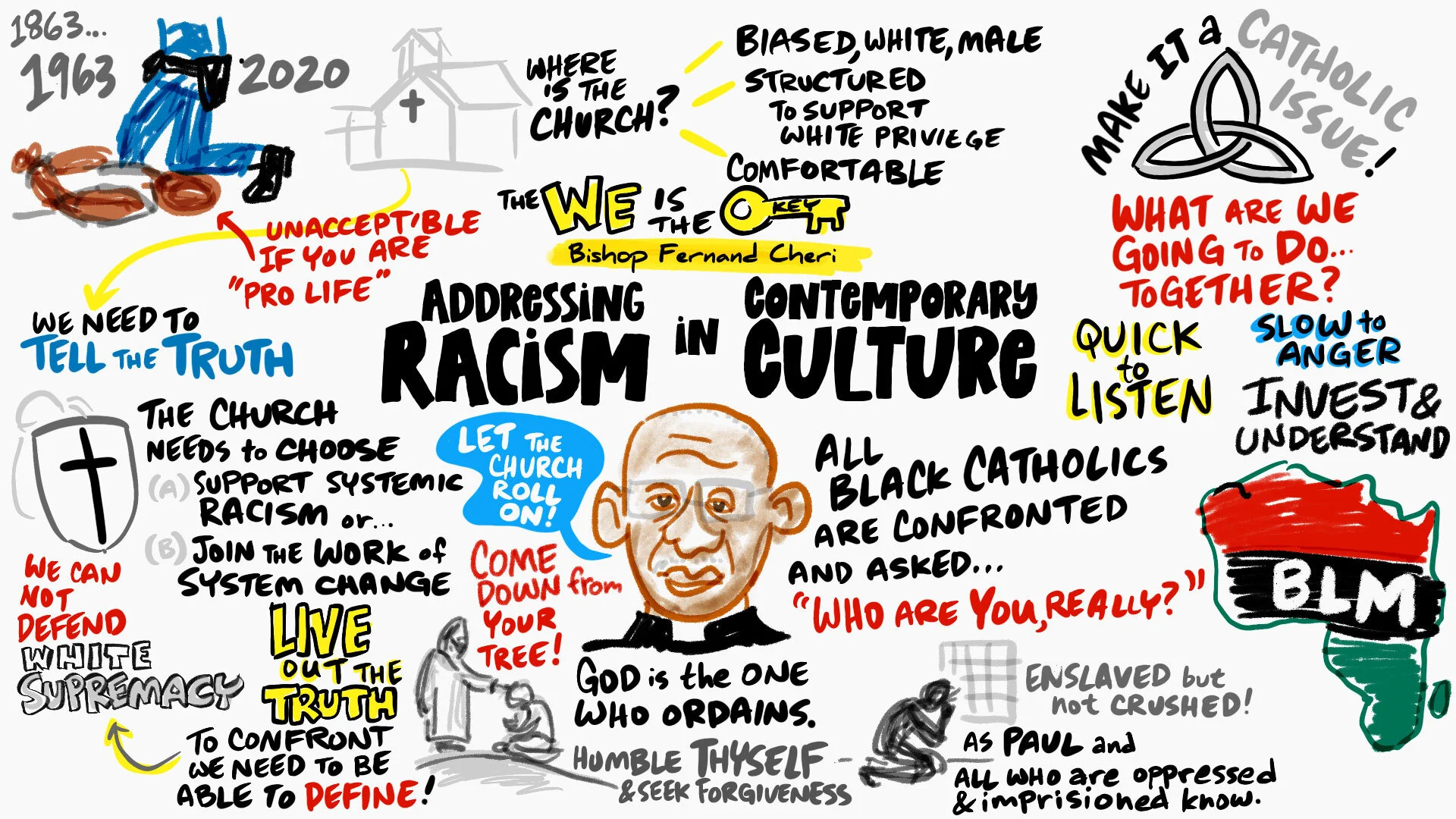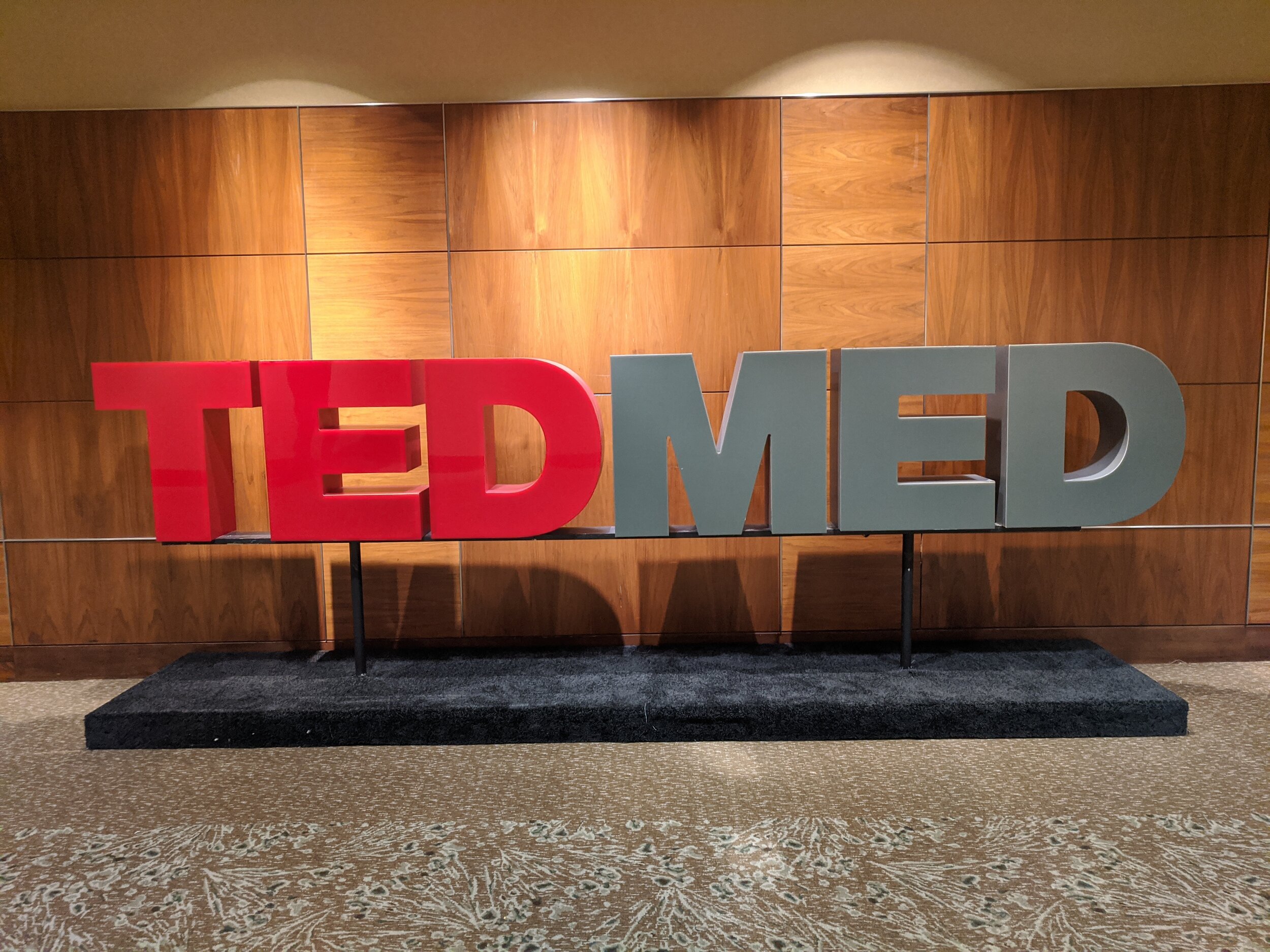Alphachimp had a STEM-filled week of graphic facilitation here in Nashville: On Monday, we scribed the TN Dept. of Education's first STEM Council Meeting, and on Wednesday we facilitated the vision-casting meeting for Vanderbilt University's Biomedical Engineering department.
Read MoreBetter Living through Cell Biology
/Research/Narration by Amro Hamdoun
Images by Perrin Ireland
There are many persistent industrial chemicals that accumulate in marine life and in our bodies. For many years we have had problems predicting which industrial chemicals will be persistent in the environment.
Cholesterol: Friend Before Foe
/Scientific American: Cholesterol from Alphachimp Studio Inc. on Vimeo.
Text by Jeanne Garbarino. Images by Perrin Ireland. Video by Nick Navatta
Yes, when in excess, cholesterol can be very detrimental to your health and is often the culprit behind heart attacks and strokes. However, behind the seemingly dangerous exterior lies a molecule that is essential for human life.
Insights from the Science and Public Leadership Fellows Program
/At the PopTech Science and Public Leadership Fellows retreat at National Geographic headquarters earlier this month, the program’s faculty provided key insights to help equip the 2011 Fellows with enhanced leadership, collaboration and communication skills.
Member of this group are high-potential early- and mid-career scientists working in areas of critical importance to the nation and the planet. They represent a corps of highly visible and socially engaged scientific leaders who embody science as an essential way of thinking, discovering, understanding and deciding.
 Jeff Nesbit, Dennis Dimick and Lisa Witter on storytelling
Jeff Nesbit, Dennis Dimick and Lisa Witter on storytelling
- Graphic Record produced by Alphachimp: http://bit.ly/PopTechSciFellows11scribe
- The Full Story on the PopTech blog: http://bit.ly/PopTechSciFellows11
- Video of 2010 Science Fellows at: http://poptech.org/sciencefellows/
2010 PopTech Paintings
/Peter's mobile paint studio in the Camden Opera House. For deep coverage of the speakers, videos, photos and links to projects and organizations.
Check out the amazing work done by the PopTech Blogging Team at http://poptech.org/blog
The Daily Show with Jon Stewart: Humans Closest Relative
/"It is a world full of conflicts." notes Jon Stewart in his intro to this report. "Some are more important than others. And some are much, much less."
In the contentious field of science, there are many accepted truths. These two ape scientists duke it out over who is our closest ancestor. Fortunately, The Daily Show correspondent John Oliver is there to conduct an evidence-based debate: Chimps vs. Orangutans.
(A 'must-see' in that you must see the scientist with a mohawk who lacks any capacity for self-deprication or free-style rap skills.)
Comparing the Human and Chimpanzee Genomes
/(via FlowingData)

As part of the Explore Evolution exhibit at the University of Nebraska State Museum, Judy Diamond displays a segment of the human genome in line with that of the chimpanzee that matches very closely. The point is to show how similar two are with the few differences represented by a drawing of a man, distinguished geneticist Svante Paabo.
See video of scintist Richard Dawkins explaining the exhibit.
TED: Louise Leakey: Paleoanthropologist
/ In 1999, I visited the Rift Valley in East Africa and sketched the Olduvai Gorge where Louis Leakey, his wife and family members scratched and dug out the earliest ancestors to humans. It is good to see that the family is carrying on the tradition of asking: "Who are we?"
In 1999, I visited the Rift Valley in East Africa and sketched the Olduvai Gorge where Louis Leakey, his wife and family members scratched and dug out the earliest ancestors to humans. It is good to see that the family is carrying on the tradition of asking: "Who are we?"Monkey See, Monkey Duplicate
/
|



